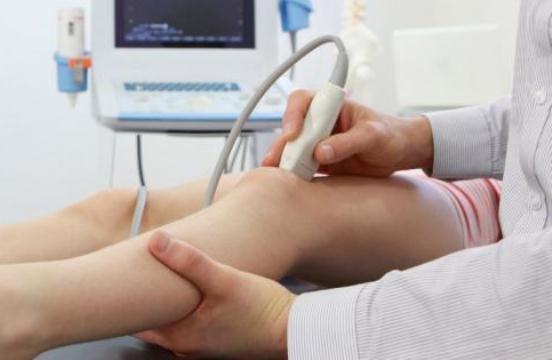Musculoskeletal Ultrasound: A Quick and Accurate Diagnostic Solution for Ligament Injuries
27/12/2024 Views : 96
Faradilla Novita Anggreini

Musculoskeletal ultrasound (USG) has become an incredibly effective and commonly used diagnostic tool for detecting ligament injuries, particularly in patients who experience trauma or injuries due to sports. Ligament injuries, such as tears or overstretching, are common problems that occur in various physical activities, ranging from professional sports to daily activities. These injuries can cause pain, swelling, and limited range of motion, which, if not properly addressed, can significantly impact one's quality of life. One of the main advantages of USG is its ability to provide real-time imaging of the body’s structures, allowing doctors to directly observe the condition of ligaments and surrounding tissues, such as tendons, muscles, and blood vessels.
Musculoskeletal ultrasound offers many benefits compared to other imaging modalities. First, USG does not involve radiation exposure, making it a safer option for patients, especially those requiring frequent examinations. Additionally, USG is faster and more affordable than other methods such as MRI or CT scans. USG also offers the flexibility of dynamic assessment, where the doctor can ask the patient to move or perform certain activities during the procedure to evaluate how the ligament functions or if any abnormal movements occur due to the injury. This enables the doctor to obtain a clearer picture of the extent of the injury and how it affects body structures.
It is important to note that musculoskeletal ultrasound is not only useful for initial diagnosis but also plays a crucial role in monitoring the recovery progress of ligament injuries. Through periodic examinations, doctors can assess how the ligament is healing, check for any complications, and evaluate whether physical therapy is effective. This monitoring is essential because untreated ligament injuries can lead to recurrence or more severe long-term damage. In some cases, ultrasound is also used to guide treatment procedures, such as injections or fluid aspiration, ensuring that the procedure is performed in the correct area.
With the ability to provide clear images of ligament injuries without radiation and at a relatively lower cost, musculoskeletal ultrasound becomes a highly useful tool in managing muscle and bone injuries. As the understanding of and technology for ultrasound continues to improve, it can help speed up diagnoses and deliver more accurate treatments for patients with ligament injuries, enabling optimal recovery.
